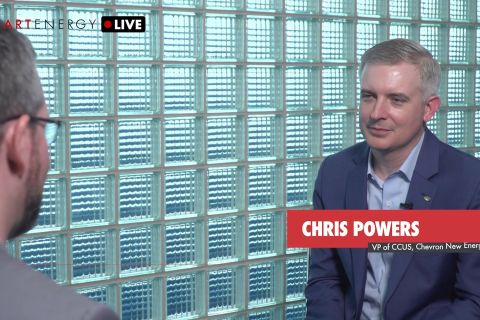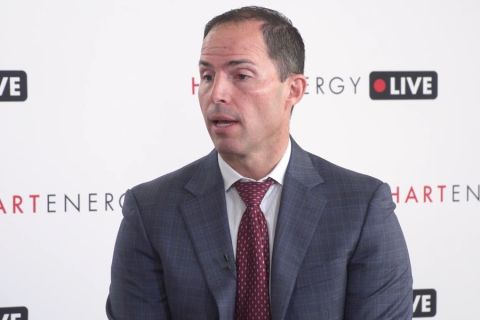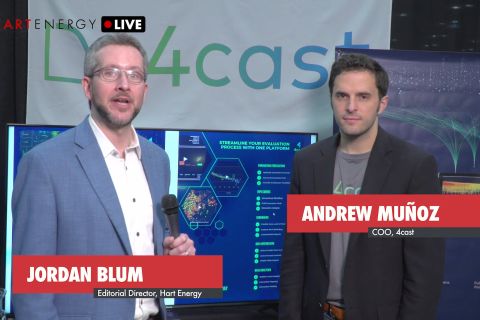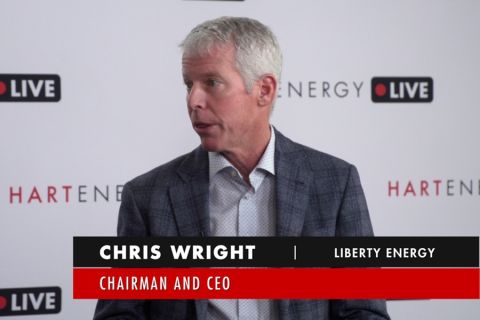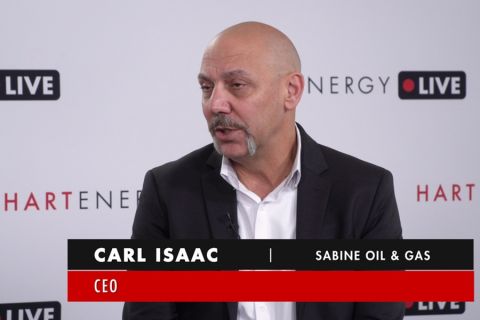
Pedevco’s main asset is the Chaveroo Field in New Mexico, with some 150 locations yet to drill. (Source: Pedevco Corp.)
[Editor's note: A version of this story appears in the July 2020 edition of Oil and Gas Investor. Subscribe to the magazine here.]
Rest assured that the smart, quiet money is on the hunt now during a time of duress and recovery. From the muddy scrum of restructurings and recapitalizations underway, some golden opportunities will surface, but it takes capital and contacts to score the right deal.
A few small-cap E&P companies, even though they may be microcap stocks these days, are fortunate to have no debt and to have cash on the balance sheet. More important, they may have some big-ticket investors backstopping them as well. Since undergoing a restructuring effort and getting a capital infusion a few years ago, Houston independent Pedevco Corp. is one.
Today it defines itself as an acquisition vehicle with the long-term goal of consolidating assets in its favored target, the San Andres play on the Northwest Shelf of the Permian Basin. There, just west of the Texas-New Mexico line, it holds 38,000 net acres in New Mexico. Relationships between and among its principals and some of its present target companies show how the oil industry continually reinvents itself by turning over assets from one management team to another.
“There are a lot of good companies out there that are just financed incorrectly,” said Pedevco president J. Douglas Schick, who has an undergraduate degree and MBA in finance.
Schick spent the first half of his career in finance and planning at Royal Dutch Shell Plc, ConocoPhillips Co., The Houston Exploration Co. and Mariner Energy Inc. “For people with
a five- to 10-year horizon, I can tell you oil prices have to come up,” he said. “You can’t sustain the industry at these low prices. So this could be a monumental buyers’ market.”
That thinking led the Pedevco board and management team to be “keenly interested in and actively pursuing growth opportunities during these troubled times,” Pedevco CEO Dr. Simon Kukes told Investor.
Through his family office, SK Energy LLC, Kukes more or less rescued Pedevco in June 2018 right before it was delisted from the NYSE American Exchange, acquiring a majority shareholding position and buying its debt for 10 cents on the dollar, thereby obtaining a majority equity and debt stake in the company. To date, SK Energy has infused over $82 million of cash into the company; its assets in Colorado and on the Northwest Shelf of the Permian constitute a platform that the company aims to grow.
“We believe, now more than ever, that Pedevco can become a serious player in the U.S. oil and gas industry through managing our costs and capitalizing on M&A opportunities—both lessons I have learned from over 40 years in the industry,” he said. The plan is to roll up companies and assets and merge them into Pedevco.
In addition to seeking growth through transactions, before the disruption caused by the coronavirus and oil price war, the company was producing about 1,000 bbl/d from its San Andres assets straddling Chaves and Roosevelt counties, New Mexico, and its Denver-Julesburg (D-J) Basin assets in Weld County, Colorado. The company also had several horizontal San Andres wells that were shut-in waiting on completion of a saltwater disposal well. In April the company temporarily shut in most of its production to reduce operating costs and weather the storm.
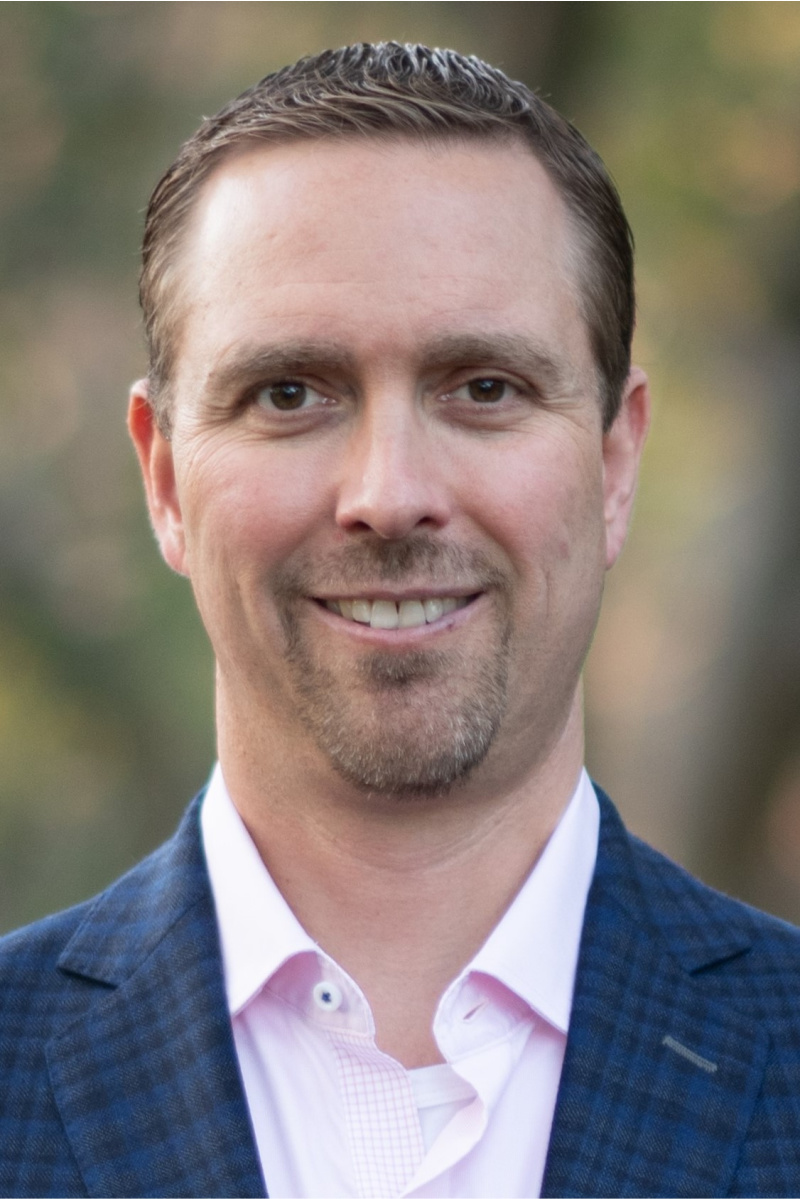
“We are uniquely positioned,” said Schick. “We’re public but have zero debt, so therefore no risk of default. And we have one shareholder who owns about 75% of the company. That certainly has made it easier to work through this recent downturn,” he said. “Our original plan was to have a $15-million budget this year ... now it’s just $5 million.”
Schick and Kukes view Pedevco as an aggregator, especially in the San Andres play where approximately 70% of the company’s production is located. For the management team, the Colorado properties that came with Pedevco weren’t the prize; they have more experience in the Permian and less in the D-J, where the team is happy to partner with other companies as a nonop.
Background connections
The pair had worked together before—when Schick was looking for private capital as the CEO of American Resources Inc., which he still helms.
Formerly head of planning for Mariner Energy Inc. under CEO Scott Josey, Schick started American Resources Inc. in 2012 after Mariner merged with Apache Corp., with the goal of buying distressed oil and gas assets. In 2013 he bought the Fort Stockton Field, cleaned it up, did a water flood study and sold it in 2015 for a generous profit.
Looking around for the next idea, he found the San Andres to be intriguing.
His partner in American Resources is Ivar Siem, who has a distinguished career of rolling up and restructuring energy and oilfield service companies in the U.S. and whose family owns a large stake in Subsea 7 and other Norwegian holdings. Together, Schick and Siem evaluated some 70 deals, and the Chaveroo Field rose to the top. They went looking for big private investors, private-equity funding or family offices to stake a deal (estimating need for $50 million for the buy and subsequent drilling), and added SK Energy to their list.
Kukes, a longtime friend of Siem, and Schick met in July 2017 when Schick approached Kukes for funding for a bid to purchase assets in the Permian from ConocoPhillips. American Resources made a bid but did not win it.
Later, Kukes came back to Schick with a small Colorado operator: Pedevco. Initially, Schick turned down that deal because it was in the Wattenberg extension and not the core, but Kukes returned a few months later, asking for them to reconsider it.
The decision was made to buy Pedevco. Even though it was in financial distress, it was a public vehicle that could be used as a stepping stone to other, potentially bigger things—like buying and expanding the San Andres assets. So, Kukes bought the debt and all of the preferred stock, which then converted into a controlling interest in the company. Bingo: done deal in June 2018.
That August, Pedevco acquired the Chaveroo and Milnesand fields in New Mexico. Development started in December 2018. (Eight wells have since been drilled.) Pedevco promptly began to pursue additional Permian asset acquisitions that Schick and his team had previously evaluated, successfully acquiring the Chaveroo Northeast Field in February 2019. (There, one well has since been drilled.) Now the San Andres assets outrank the Colorado assets in the company’s portfolio.
“I was intrigued with Pedevco as a public vehicle because it was a fully compliant and reporting, NYSE-American Exchange-listed company that had high-quality D-J Basin assets that were out of favor at the time because of their geographic location,” Kukes explained.
“I like the San Andres because it has conventional long-lived production with a low cost of entry. When we were previously looking at acquisitions in the Permian and other basins in 2017 and 2018, the costs were sky-high. But the San Andres had much lower entry costs on a per-acre basis, and much more of the play was held by production; therefore you can control your pace of development.”
Kukes said he decided to get more involved with Schick and his team because they had built a good working relationship over the past few years. “They brought good deals; they did good evaluation work; and they were an honest, hardworking and straightforward group,” Kukes said, “and Doug possesses outstanding knowledge and skill in M&A.”
Schick gained some of that skill by working under Josey’s leadership at Mariner Energy as well as earlier in his career when he helped defend The Houston Exploration Co. against JANA Partners.
Kukes, a Russian native, is no stranger to deal-making. He is a chemical engineer and former post-doctoral fellow at Rice University who holds more than 130 patents. He is very well known in international oil circles. In 1999, he was voted one of the top 10 Central European executives in a poll conducted for The Wall Street Journal Europe edition, and in 2003 he was named by the Financial Times and PriceWaterhouseCoopers as one of the 64 most respected business leaders in the world.
He started his career at Phillips Petroleum in 1978. “Since that time I have successfully weathered four major downturns that impacted both the U.S. and the Russian oil industries alike. These experiences have taught me this: the strongest companies will survive, and in order to survive—and ideally, thrive—in such challenging times, companies must cut costs and capitalize on M&A opportunities.”
After many years in the U.S., Kukes returned to Russia when it started to open up in the late 1980s and beckoned people with technical expertise from the West to help speed up the modernization of the Russian oil industry. He served as CEO of Tyumen Oil Co., known as TNK, which had partnered with BP from 1998 to 2003, and he also served as the chairman of Yukos. He later became CEO of Samara-Nafta, a Russian company that partnered with Hess Corp. from 2005 through April 2013.

After success at Samara-Nafta and its partner Hess, Kukes returned to Houston in 2013. Today he is controlling shareholder, CEO and board member of Pedevco, and he is the largest individual shareholder of Ring Energy Inc.—Pedevco’s only other publicly traded peer and close neighbor in the Northwest Shelf of the Permian Basin.
Coping
As it searches for deals, Pedevco has taken familiar steps to get through this challenging time. It reduced general and administrative expenses about 22% before enacting salary cuts of 20% for each of its 14 officers and employees, and most contractors were let go, Schick said. Lease operating expenses are down by over a third. Some of that comes from electrical costs saved by shutting in wells in the company’s four oil fields. He also deferred completion of a Permian Basin disposal well that was held over from 2019, until the environment improves.
Like Kukes, Schick has been through downturns before. He worked at Shell Oil Co. and ConocoPhillips early in his career and then, after receiving an MBA from Tulane, worked for The Houston Exploration Co. until it was acquired by Forest Oil, at which point he joined Mariner Energy, which had just gone public through a reverse merger with an entity spun off from Forest Oil. Later, after a six-year run of explosive growth, Mariner merged with Apache Corp.
A common thread in this story is oilman Craig Clark, who was CEO at Forest Oil at the time and later of privately funded Wishbone Energy LLC, which once owned Ring Energy’s current San Andres assets on the Northwest Shelf. These are the assets Pedevco now hopes to acquire.
Ring paid $300 million for Wishbone and is burdened with debt as it attempts to cope with the current downturn. It stopped drilling in the San Andres in mid-March, but until that point, its average IP on six new wells completed there in the first quarter was about 558 bbl/d, according to a report from Roth Capital’s energy analyst, John White.
Now, Kukes and American Resources have Ring in their sights. In a February letter addressed to Ring’s board of directors, they contended Ring is undervalued. Kukes and Schick pointed out what they see as deficiencies in Ring’s business strategy, management and corporate governance. Ring’s common stock has fallen from the mid-$15 per share in January 2018 to a low of nearly $0.53 more recently, a fall nearly double that of the XOP (small-cap E&P index).
“To survive—and thrive—in these challenging times, companies need to manage costs and pursue M&A opportunities.”
—Dr. Simon Kukes, Pedevco Corp
Much of that decline can be blamed on the oil industry’s shocking market conditions, but the letter from American Resources and SK Energy also claims part of the erosion in value “falls squarely on the board’s and management’s shoulders. It must be obvious … that certain corrective actions should have been taken some time ago!” the letter said.
Ring has high debt and a working capital deficit. Schick and Kukes have called for at least two new directors to be placed on the board.
But clearly, it is Ring’s assets on the Northwest Shelf, adjacent to Pedevco’s acreage at Chaveroo, that interest them. Ring also has assets on the Central Basin Platform, mostly in Andrews and northern Gaines counties, and has recently divested other assets it owned in the Delaware Basin.
While Pedevco has neither publicly announced nor would it comment in this article regarding any intentions, discussions or potential transactions with Ring, Kukes said, “As previously stated, Pedevco is certainly interested in evaluating potential transactions with Ring Energy and other San Andres-focused parties—public and private—who are interested in working with us to consolidate the San Andres play.”
Pedevco is currently evaluating opportunities in the Permian involving distressed companies that own assets that could be synergistic with those of its current footprint. The field of ideas is wide open, as many good companies in this current environment have good assets but are struggling under what Kukes called “crushing debt” and declining production.
In May, Ring filed with the SEC to replace its shelf registration for equity and debt securities and warrants that had recently expired, but the company also said it has no immediate plans to issue any such securities. The shelf enables offerings of up to $313 million.
Schick said he thinks all the E&Ps with good assets in the horizontal San Andres play should merge into one entity. Were that to happen, the new company would end up with production of roughly 50,000 bbl/d. He admits it is probably early in the cycle, but he aims to have Pedevco roll up some of these companies and not necessarily throw out the management teams.
He wants to create a company with scale: “Since Pedevco is public, it needs a bigger transaction base than what we’ve done in the past. This is not a buy and flip situation. At American Resources, we’d buy something for $2 million and sell it later for $4 million.
“This is not an enjoyable time, but I do hope it presents opportunities,” he said. “I wish the market was better—this was a much better story at $50 oil.”
SIDEBAR:
RUSSIA’S REBALANCING ROLE
At press time, world oil demand was creeping up as most economies began to open up for business again, and producer shut-ins were helping to drive the price of oil up from the historic lows seen in April and May. There was much speculation among commentators about how long those trends would continue and to what degree OPEC+, which includes Russia, would adhere to its promised production cutbacks.
“Based on my current discussions with former colleagues and current executives at major Russian oil companies, I see a strong commitment by Russian majors to comply with the announced 20% production cuts,” Dr. Simon Kukes said. “I also believe smaller U.S. producers will continue to reduce production significantly more than the market has seen to date, if oil continues to trade at current levels [as of mid-May, around $34/bbl].”
“I am convinced … production will be difficult to restore to prior levels. The real question in my mind is when consumption will return to prior levels as that is difficult to predict and is a major variable,” he said.
Rystad Energy said in May that the 16 MMbbl/d oversupply seen in April could be reversed in June, with OPEC+, the U.S. and Canada effectively reducing their respective oil output. It cautioned, however, that a drawdown of the nearly 1 Bbbl of oil in storage also needs to be considered in any supply-demand analysis. The EIA has forecast that U.S. production would fall to a two-year low this summer.
Recommended Reading
Exclusive: Chevron New Energies' Bayou Bend Strengthens CCUS Growth
2024-02-21 - In this Hart Energy LIVE Exclusive interview, Chris Powers, Chevron New Energies' vice president of CCUS, gives an overview of the company's CCS/CCUS activity and talks about the potential and challenges of it onshore-offshore Bayou Bend project.
Chesapeake, Awaiting FTC's OK, Plots Southwestern Integration
2024-04-01 - While the Federal Trade Commission reviews Chesapeake Energy's $7.4 billion deal for Southwestern Energy, the two companies are already aligning organizational design, work practices and processes and data infrastructure while waiting for federal approvals, COO Josh Viets told Hart Energy.
Exclusive: As AI Evolves, Energy Evolving With It
2024-02-22 - In this Hart Energy LIVE Exclusive interview, Hart Energy's Jordan Blum asks 4cast's COO Andrew Muñoz about how AI is changing the energy industry—especially in the oilfield.
Exclusive: Liberty CEO Says World Needs to Get 'Energy Sober'
2024-04-02 - More money for the energy transition isn’t meaningfully moving how energy is being produced and fossile fuels will continue to dominate, Liberty Energy Chairman and CEO Christ Wright said.
Exclusive: Sabine CEO says 'Anything's Possible' on Haynesville M&A
2024-04-09 - Sabine Oil & Gas CEO Carl Isaac said it will be interesting to see what transpires with Chevron’s 72,000-net-acre Haynesville property that the company may sell.

